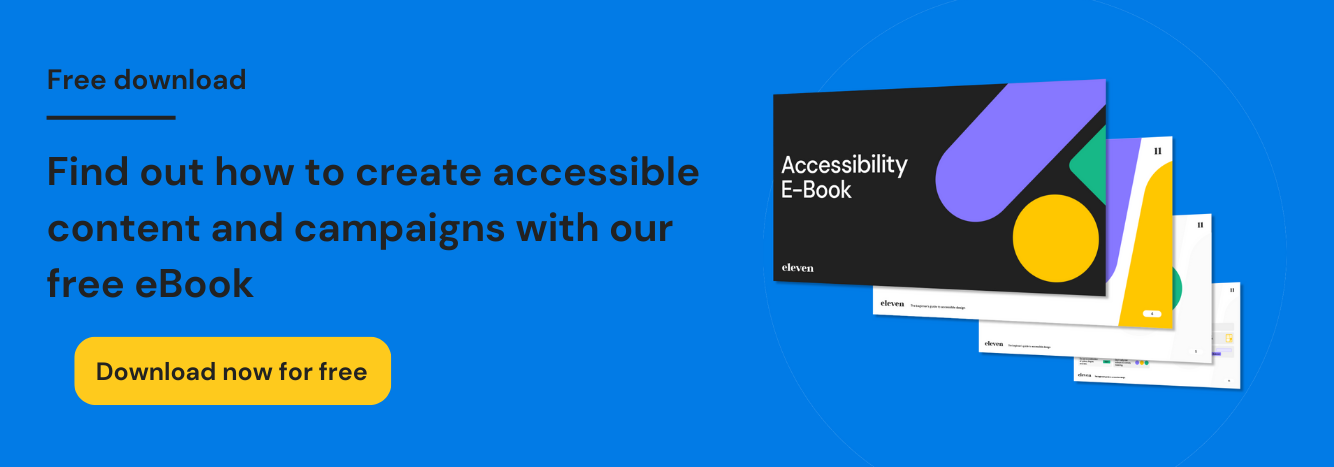The Web Content Accessibility Guidelines (WCAG)
The Web Content Accessibility Guidelines (WCAG) 2.1 outline how to make web content more accessible to people with disabilities. They explain how to make digital services accessible to everyone, including:
- users with vision impairments like blindness or colour blindness
- people with hearing impairments
- those with limited mobility who might find it difficult to use a mouse or keyboard
- and people with cognitive impairments like dyslexia, autism or learning difficulties.
Public sector organisations must legally achieve WCAG 2.1 level AA for their digital services, as part of meeting government accessibility requirements. It’s important to note that these guidelines don’t just apply to websites, but to all digital content you’re including on your website. This includes digital publications, presentations, videos and animations.
How to meet these guidelines
WCAG 2.1 is based around four key design principles:
- Perceivable: is the content presented to your audience in a way they can consume it? This principle includes things like providing alt-text for your visual content, providing transcripts for audio and video, adding captions to video, structuring content in a logical reading order for a screen reader, and adopting a suitable colour palette and contrast.
- Operable: can your audience operate the content with a keyboard? You’ll want to ensure that your audience can plan, pause and stop any moving content, as well as avoiding any blinking or flashing content. This principle is also about using descriptive titles for pages and frames and adding meaningful headings and labels.
- Understandable: is the content comprehensible and readable to all users? This is all about keeping sentences short and simple, and explaining all abbreviations and acronyms that you include. You’ll need to make it clear what language the content is written in.
- Robust: is your content compatible with assistive technologies? This includes using valid HTML so that assistive technologies can accurately interpret your content, as well as making sure that important status messages or buttons are marked up in a way that lets the audience know what their presence and purpose is.
By focusing on these principles as the basis for your design, you’ll ensure that you’re always considering how users might access and use your services. There are a multitude of technical areas to consider in meeting WCAG 2.1, and a full breakdown of what is included in each of these principles can be accessed here.
Beyond simply getting into the mindset of what makes your content accessible, you can also include people with disabilities in your audience research. This may involve conducting workshops with diverse audience groups with differing abilities, which can be a hugely advantageous step in your planning phase as this will enable you to understand the importance of accessibility firsthand.
You can also involve your audience at the testing stage - checking that your files are accessible using the assistive technologies that your audience use (such as screen readers, screen magnifiers and voice recognition). You can also use A/B testing to see which versions of your content are more accessible to your audience.
Conclusion
Meeting the WCAG standards might feel like a challenge, but the rewards of providing your audience with accessible content are entirely worth the effort. You’ll reach a much wider audience, you’ll protect yourself from any legal woes, and most importantly you’ll boost your reputation as an organisation that does the right thing.
If you’re a public sector body or anyone else looking for some support in getting your digital content to meet WCAG 2.1, get in touch with us today and we’d love to discuss how we can work together.
Originally published:
March 3, 2021
Updated:
August 14, 2023






